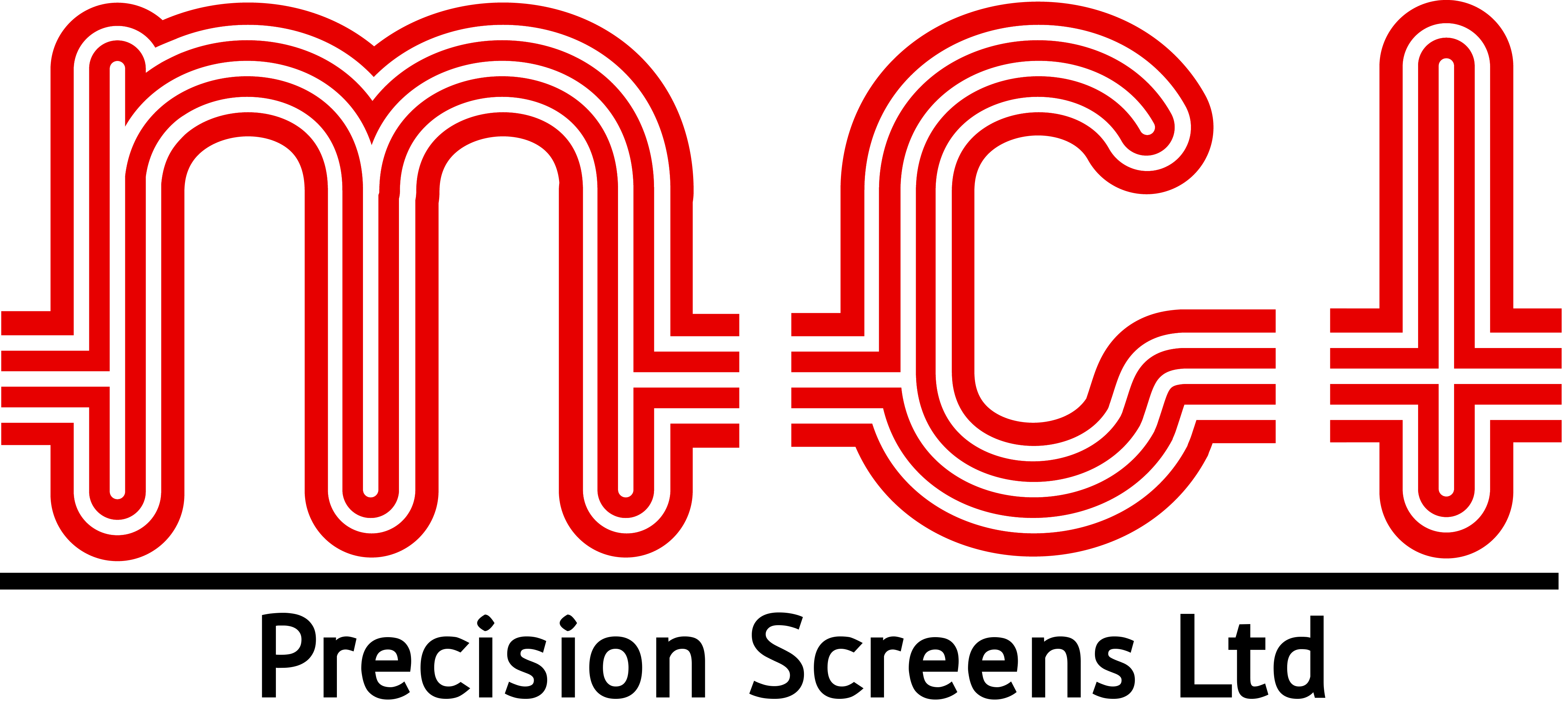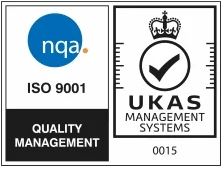Screens
MCI offer three types of screens – raw, pre-sensitised and exposed. All three types are identified by the following details being written on the side of the frame:
Lot number (this gives full traceability as to which batch number of mesh and epoxy has been used )
Day of manufacture
Mesh count/mesh material/mesh angle to frame
Screen tension (Newton/cm)
Mesh thickness (Microns)
Total thickness (Microns)
Emulsion thickness (Microns)
Raw Screens
Screens are supplied in a raw state to allow the customer the freedom of applying their own preferred emulsions.
We can supply mesh at any angle to suit customer requirements. All screens are washed before being packed into a clear plastic bag ready for despatch.
Pre-Sensitised Screens
MCI use, two types of emulsions. The first being liquid emulsions which are applied by hand coating. This is a very skilled process where the thickness is maintained to +/- 2 microns. This method of coating allows for any specified thickness on all mesh types between 5 and 100 microns. In addition, some thicker mesh screens can be coated up to 400 microns with a tolerance of +/- 20 microns.
The second type consists of capillary film. The various thickness and types of films are especially good for fine line resolution. All pre-sensitised screens are despatched for exposure, in light-tight black bags labelled to show the date of manufacture, size of frame, emulsion thickness and order number.
We guarantee a shelf life for liquid emulsions of three months from date of coating, and 1 month for film applications, provided the following storage conditions are maintained:
Temperature: 22oC maximum (avoid exposure to below 0oC)
Relative humidity: 40-80%
Exposed
MCI will expose any photopositive artwork to customer’s requirement. We would need a 1:1 photopositive (black areas will print), the background should be clear, and black film emulsion should be dense enough to block the light during exposure. For most patterns, only “right reading image emulsion up” positives can be used.
Right reading refers to the image to be printed, not necessarily the writing. The mylar on right reading emulsion down films will act as a spacer between the film emulsion and the screen emulsion, permitting the light to undercut the pattern. When ordering an exposed screen it must be made clear which image is the squeegee view. Assistance on exposure times is available on request.





